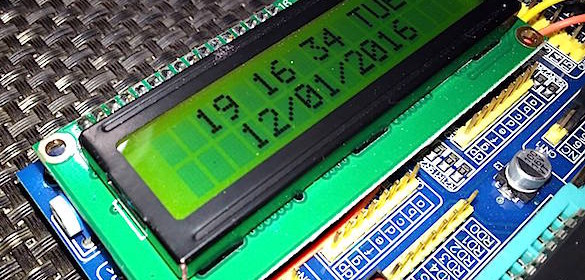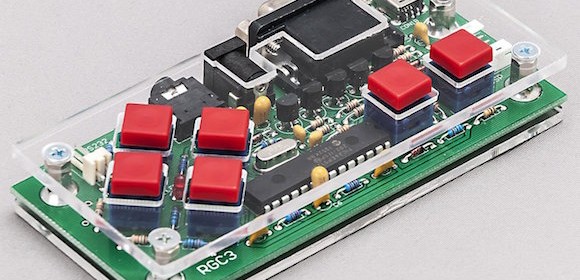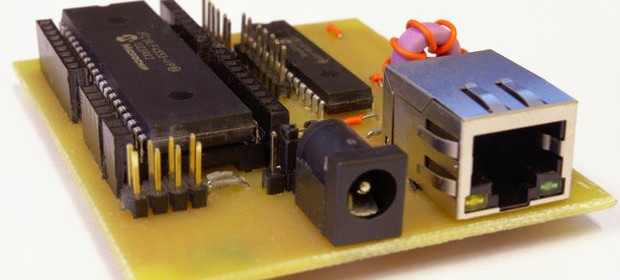LED light dimmer using PIC16F1936

Lukas Fassler recently moved to a new apartment and he wanted to have a PWM LED light dimmer to control some of his 12V LED strips. When he didn’t find a ready-made one that would meet his requirements, he designed his own using the PIC16F1936 MCU. His PWM dimmer can handle 100W output power at 12V DC. At the center of my design is a 8-bit PIC microcontroller, a PIC16F1936. There’s not much special about this particular model, it’s just a type I’ve used several times before and still had some on stock. A LM2931 provides the PIC with 5 volts
Read more


